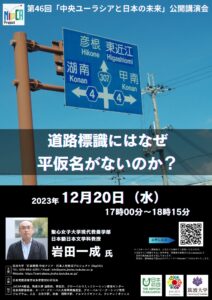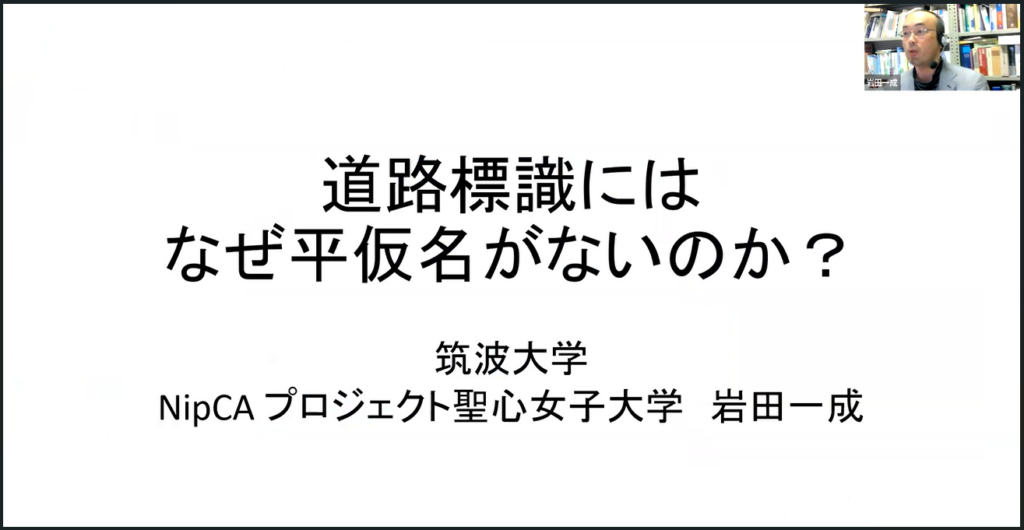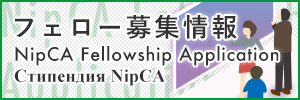 The 46th “The Future of Central Eurasia and Japan” public lecture was held on Wednesday, December 20, 2023. We invited Dr. Iwata Kazunari, a professor in the Department of Japanese Language and Literature in the School of Modern Liberal Arts of University of the Sacred Heart, to give a lecture titled “Why are there no hiragana on road signs?”
The 46th “The Future of Central Eurasia and Japan” public lecture was held on Wednesday, December 20, 2023. We invited Dr. Iwata Kazunari, a professor in the Department of Japanese Language and Literature in the School of Modern Liberal Arts of University of the Sacred Heart, to give a lecture titled “Why are there no hiragana on road signs?”
Dr. Iwata participated in the Japan Overseas Cooperation Volunteers as a Japanese language teacher and also worked at the Japan Foundation Japanese- Language Institute, Urawa. In addition, he has provided training for staff at the Immigration and Residence Management Agency of the Ministry of Justice, and has been involved in the preparation of “Easy Japanese Guidelines” to support the agency’s residency program.
The lecture began with an introduction of Dr. Iwata’s latest paper on the types of romanization of public signs in Taiwan and the problems with temporary shelter pictograms.
It was also pointed out that multilingual signs other than English tend to be used disproportionately for “unpleasant signs” such as “police officer standing guard” or “security camera in operation,” and that behind this is the prejudice that “foreigners = people who do not follow the rules”. As examples of this improvement, we were introduced to examples from other countries where signs are written only in pictograms or only in the local language and English.
In conclusion, it was important to understand that romaji is a system for displaying the sounds of Japanese, not for displaying English translations, and that sounds and writing are separate things, and that there are rules for writing each type of character, such as hiragana, romaji, and English.
After the lecture, there was a lively Q&A session, with many questions about the challenges of introducing hiragana on road signs and issues surrounding the acceptance of easy-to-understand Japanese, as well as many comments.




